The AMD Radeon RX 5500 XT Review, Feat. Sapphire Pulse: Navi For 1080p
by Ryan Smith on December 12, 2019 9:00 AM ESTMeet the Sapphire Pulse Radeon RX 5500 XT
As I mentioned earlier in the article, while AMD does have a reference card, they aren’t going to be releasing it to retail. So instead, today’s launch is all about partner cards. To that end, AMD has sampled us with both the 8GB and 4GB versions of Sapphire’s Pulse RX 5500 XT. Sapphire’s card is a pretty good example of what to expect for basic (at-MSRP) RX 5500 XT cards, offering a solid build quality, but otherwise being pretty close to reference specifications.
| Radeon RX 5500 XT Card Comparison | ||||
| Radeon RX 5500 XT (Reference Specification) |
Sapphire Pulse RX 5500 XT (Default/Perf Mode) |
|||
| Base Clock | 1607MHz | 1607MHz | ||
| Game Clock | 1717MHz | 1737MHz | ||
| Boost Clock | 1845MHz | 1845MHz | ||
| Memory Clock | 14Gbps GDDR6 | 14Gbps GDDR6 | ||
| VRAM | 8GB | 8GB | ||
| GPU Power Limit | 120W | 135W | ||
| Length | N/A | 9.15-inches | ||
| Width | N/A | 2-Slot | ||
| Cooler Type | N/A | Open Air, Dual Fan | ||
| Price | $199 | $209 | ||
Sapphire has several sub-brands of cards, including the Nitro and the Pulse. Whereas the former are their higher-priced factory overclocked cards, the Pulse cards are more straightforward. For their RX 5500 XT cards, Sapphire does ship them with a higher than reference GPU power limit – leading to a 20MHz higher game clock rating – but the actual GPU base and boost clockspeeds remain unchanged. This goes for both the 4GB and 8GB cards, which aside from their memory capacities are identical in both build and specifications.
At a high level, the Sapphire Pulse RX 5500 XT is a pretty typical design for a 150 Watt(ish) card. Sapphire has gone with a dual slot, dual fan open air cooled design, which is more than enough to keep up with Navi 14.
In fact, once we break out the rulers and really dig into the Sapphire Pulse, it becomes increasingly clear that Sapphire may have very well overbuilt the card. The card’s cooling system and shroud is longer than the PCB itself – it’s the board that’s bolted to the cooler, and not the other way around. Similarly, Sapphire has gone for a taller than normal design as well, allowing them to fit a larger heatsink and fans than we’d otherwise see with cards that are built exactly to PCIe spec. The resulting card is quite sizable, measuring about 9.15-inches long, and 4.25-inches from the bottom of the PCB to the top of the shroud.
The payoff for this oversized design is that Sapphire can use larger, lower RPM fans to minimize the fan noise. The Pulse 5500 XT packs 2 95mm fans, which in our testing never got past 1100 RPM. And even then, the card supports zero fan speed idle, so the fans aren’t even on until the card is running a real workload and starts warming up. The net result is that the already quiet card is completely silent when it’s idling.
Meanwhile beneath the fans is a similarly oversized heatsink, which runs basically the entire length and height of the board. A trio of heatpipes runs from the core to various points on the heatsink, helping to draw heat away from the GPU and thermal pad-attached GDDR6 memory. The fins are arranged horizontally, so the card tends to push air out via its I/O bracket as well as towards the front of a system. The card also comes with a metal backplate – no doubt needed to hold the oversized cooler together – with some venting that allows air to flow through the heatsink and out the back of the card.
Overall, Sapphire offers two BIOSes for the card, which are selectable via a switch on the top. The default BIOS is Sapphire’s performance BIOS, which has the GPU power limit increased to 135 Watts. As we’ll see in our benchmarks, the net performance impact of this is not very substantial, but it does allow the card to average slightly higher clockspeeds. Meanwhile the second BIOS is rigged for quiet operation, bringing the card back down to a GPU power limit of 120W.
Speaking of power, the card relies on an 8-pin external PCIe power cable as well as PCIe slot power for its electricity needs. From a practical perspective this seems overprovisioned for a card that shouldn’t pass 150W for the entire board – so a 6 pin connector should work just fine here – but with Sapphire’s higher power limit bringing the card right up to that 150W threshold, I’m not surprised to see them playing it safe.
While we're on the subject of PCIe, it’s worth mentioning quickly that while the Sapphire Pulse is physically a PCIe x16 card, electrically it’s only a x8 card. A traditional cost-optimization move for AMD, they have only given the underlying Navi 14 GPU 8 PCIe lanes, so while the card uses a full length x16 connector, it only actually has 8 lanes to work with. This won’t present a performance problem for the card on PCIe 3.0 systems, and better still as Navi offers PCIe 4.0 connectivity, it means those 8 lanes are twice as fast when paired with a PCIe 4.0 host – where coincidentally enough, AMD’s Ryzen processors are the only game in town right now.
Finally for hardware features, for display I/O we’re looking at a pretty typical quad port setup. Sapphire has equipped the card with 3x DisplayPort 1.4 outputs, as well as an HDMI 2.0b output. With daisy chaining or MST splitters, it’s possible to drive up to 5 monitors from the card.
As for software, Sapphire ships their cards with their TriXX monitoring and overclocking software. It’s been some number of years since we’ve last taken a look at TriXX, and while the basic functionality has remained largely unchanged, the most recent iteration of the software comes with a very streamlined and functional UI. Overall as far as overclocking goes, TriXX ultimately just hooks into AMD’s drivers, so while it’s capable, it’s no more capable than AMD’s constantly improving Radeon Software.
The one area where Sapphire is still able to stand apart from AMD, however, is with their TriXX Boost feature. Not to be confused with the somewhat similar Radeon Boost feature in AMD’s drivers, TriXX Boost is Sapphire’s take on resolution scaling. The software combines custom resolution creation with GPU resolution scaling controls, essentially allowing a user to create a lower resolution and engage GPU resolution scaling all in a single go. The basic idea being to make it super easy to create a slightly lower resolution (.e.g. 1632x918) for better performance, and then having the GPU scale it back up to the full resolution of the monitor. The impact on image quality is as expected, and while it’s nothing that can’t technically already be done with AMD’s software, Sapphire has put a nice UI in front of it.


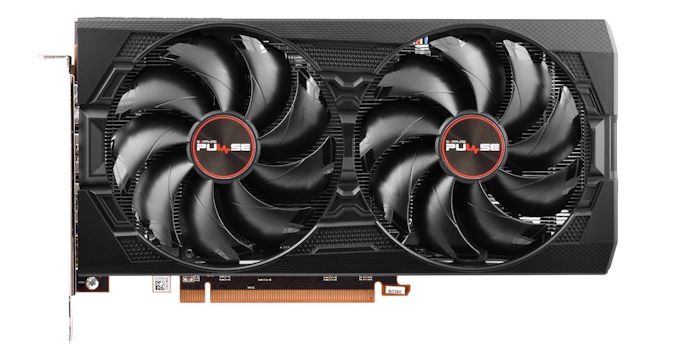
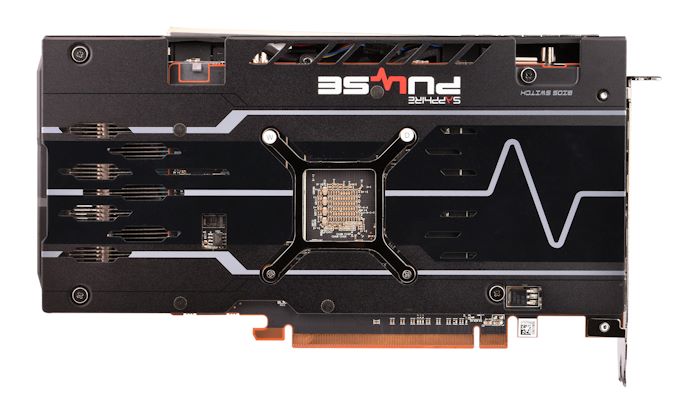
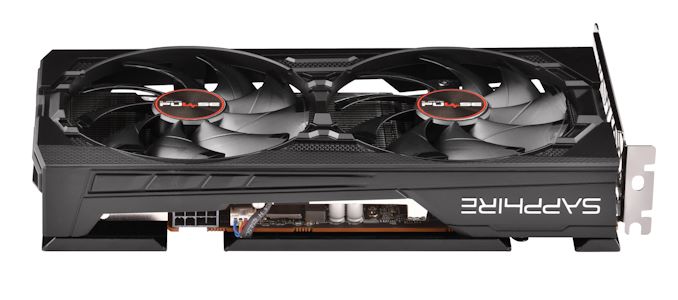
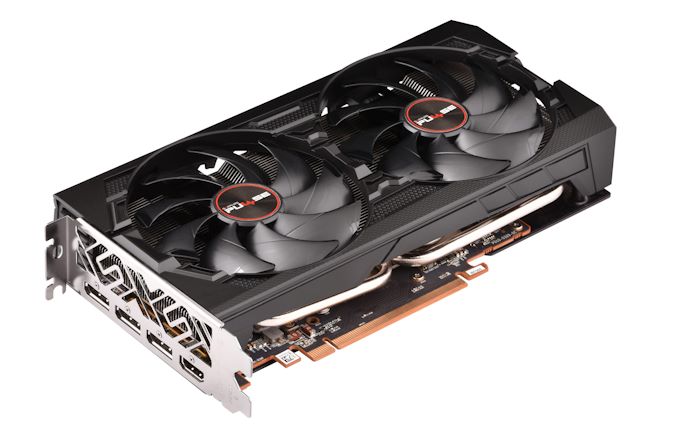
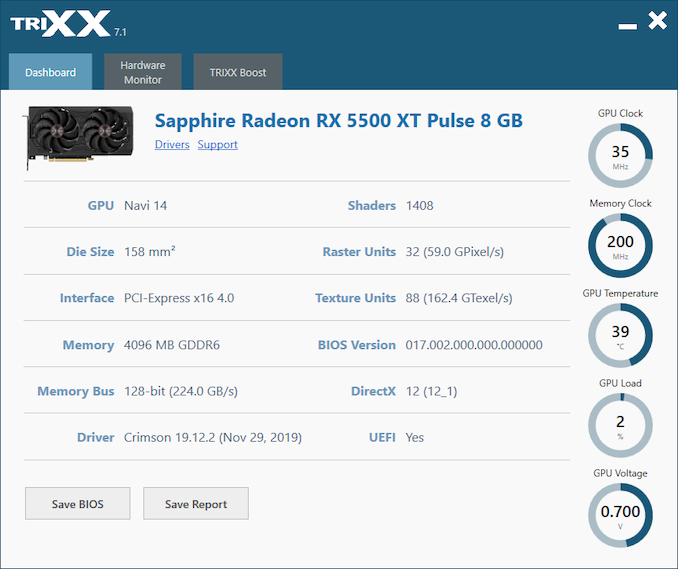
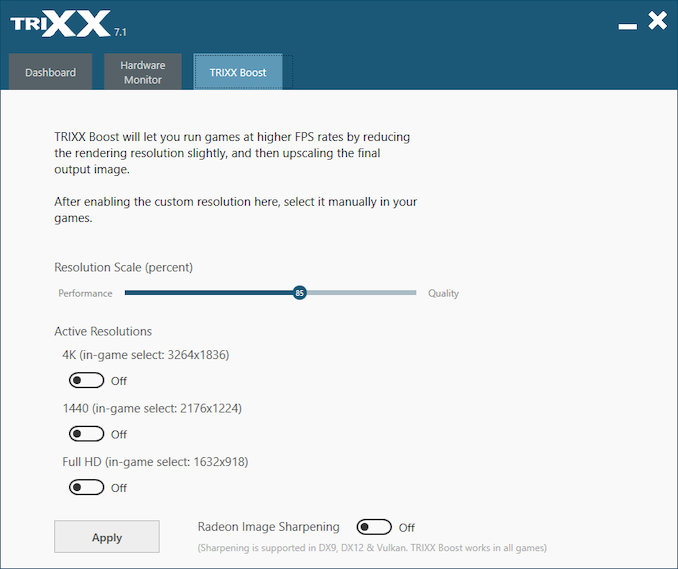








97 Comments
View All Comments
eva02langley - Thursday, December 12, 2019 - link
Also, more wattage for a system that use less than 50% of the load will results in poor efficiency which you don't want to do.silverblue - Friday, December 13, 2019 - link
As it is, the 590 is slightly more efficient than the 580 per clock, but a minor undervolt will yield further savings. I have a TX650M which is severe overkill for a Ryzen 5 1600, 16GB DDR4 3000 and Sapphire Nitro+ RX590, which is undervolted by 8% and doesn't go above 1.1V.PeachNCream - Friday, December 13, 2019 - link
For a single CPU socket and single GPU, buying a 500W PSU is more than reasonable. You are falling into the more is better trap by probably spending more money an losing efficiency by getting something in the +750W range. That sounds like something a person that has not done any research would suggest.29a - Friday, December 13, 2019 - link
I wish they would start testing the codec ASIC on GPUs.SethNW - Thursday, December 12, 2019 - link
RX5500XT has one issue, it is the ok card. Like it is not terrible, but older RX580/590 are just too close to irlt and with prices dropping, they make more sense. And 8GB end, add a little and you get better performing 1660 or what is in a lot of cases tiny bit more and you got 1660 Super. I don't think extra 2GB of VRAM will make that huge difference at 1080p, 4GB definitely is budget category, but 6GB is doable for next 3 years. But only time will tell whether bandwidth or size will matter more.Ravynmagi_ - Thursday, December 12, 2019 - link
I was very torn up about what to buy. I wanted to stay in the $160-$180 range. I just play a couple games that are not too demanding (Civ 6 and Albion Online).I tried an RX 580, but mine has really bad coil noise. So I went with a GTX 1650. It's working perfectly for my games on a 1440p monitor.
I was uncertain if I should have waited for the RX 5500 XT. I see now it seems to provide equal performance more or less and I do prefer Nvidia drivers over AMD. So this seems to work out for me.
A part of my still nags that I should have tried another RX 580 or 590 with 8GB of RAM. But this is an entry level gaming card. If I get into more demanding games I would most likely replace whatever I bought in this price range eventually anyway before I need the 8GB of RAM I suspect.
Ravynmagi_ - Thursday, December 12, 2019 - link
Looks like I can't edit my comment. But meant to say GTX 1650 Super.eva02langley - Thursday, December 12, 2019 - link
Yeah, makes mroe sense since the 1650 GTX is a total disaster.Hrel - Thursday, December 12, 2019 - link
Looks like I'm stuck waiting for a significant price drop. I'd like to update my 280x, but it runs everything I play so the only real reason is power efficiency and system thermals. Things literally a space heater when gaming.I'm really just looking for 280x performance + 50% or so, which 1650 super does, 5500xt does, but to pay nearly $200 just to knock 75 watts off my system.... Does not appeal. Especially when the 4gb vram issue is real.
280x has 3GB ram, my system monitors have shown it tapping system ram. Not a lot, and the newest game I play is dark souls 3, 500MB. But I'm pretty sure DS3 is from 2013.
Assuming a new game that isn't esports like rocket league comes out that I want, I'd like this card to run it well.
Maybe that means I'm waiting another 2 to 4 years to replace my card. Maybe it just means waiting till next gen comes out and getting deals on these.
Either way, this generation isn't enough. From either camp.
cmdrmonkey - Thursday, December 12, 2019 - link
You already have so many other cards that are around this level of performance that I'm not sure why we needed another one. GTX 970, 1060, 1650 Super, RX 470, 480, 570, 580, 590 are all in the same ballpark as this thing depending on the game. Why did we need this? Seems like this performance segment is totally tapped out.